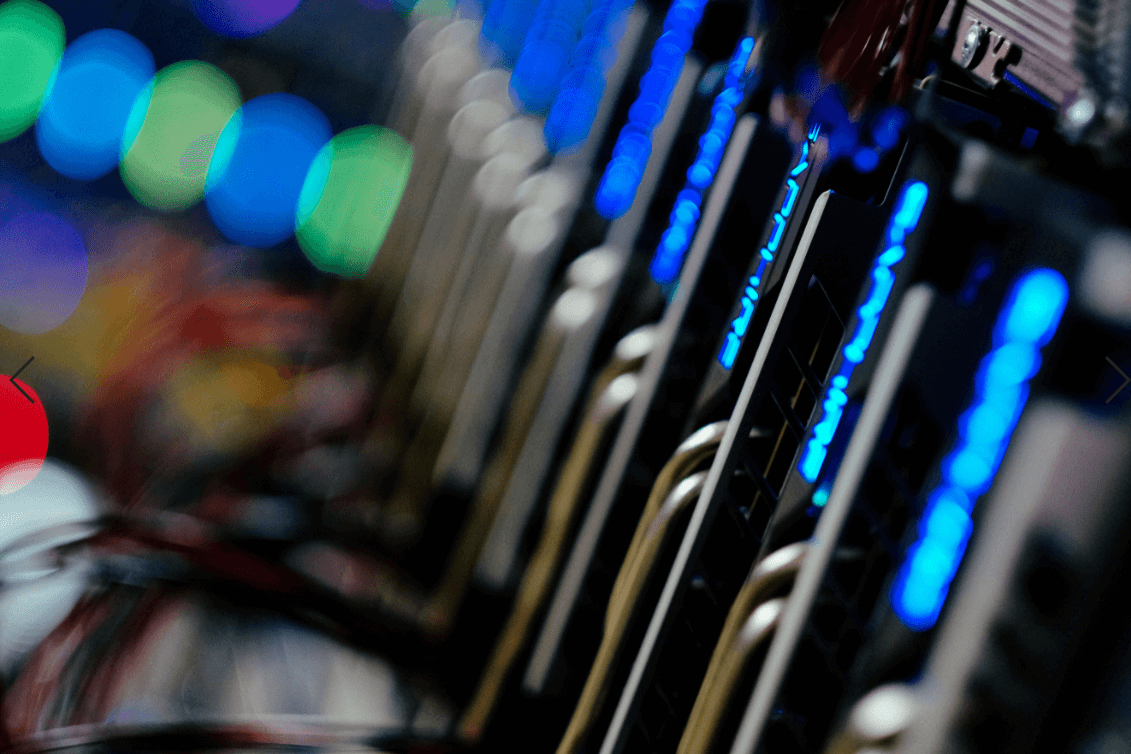All
- Best Crypto to Buy Now
- Best Crypto Presales to Invest in
- New Cryptocurrency
- Next Cryptocurrency to Explode
- Best Crypto ICOs
- Crypto Launches
- Crypto Betting
- Bitcoin Casinos
- Bitcoin Gambling Sites
- Bitcoin Blackjack
- Best Bitcoin Slots
- Crash Gambling Games
- Esports Betting Sites
- Anonymous Casinos
- Best Casinos Not on Gamstop
- Best Telegram Casinos
- News
- Exclusives
- Videos
- Guides
- Exchanges
- Podcast
- Tools
-
Recommended
- Best Crypto to Buy Now
- Best Crypto Presales to Invest in
- New Cryptocurrency
- Next Cryptocurrency to Explode
- Best Crypto ICOs
- Crypto Launches
- Crypto Betting
- Bitcoin Casinos
- Bitcoin Gambling Sites
- Bitcoin Blackjack
- Best Bitcoin Slots
- Crash Gambling Games
- Esports Betting Sites
- Anonymous Casinos
- Best Casinos Not on Gamstop
- Best Telegram Casinos
All
















